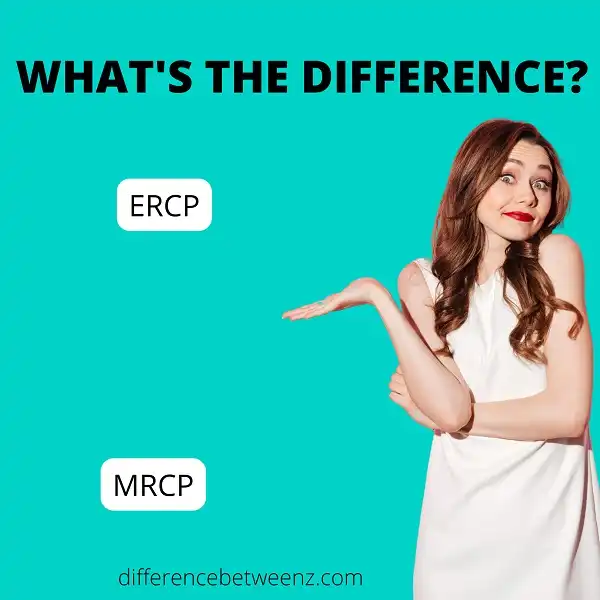MRCP and ERCP are both types of medical procedures that are used to diagnose and treat problems in the digestive system. While they share some similarities, there are also some key differences between these two procedures. In this blog post, we will explore those differences and help you decide which procedure is right for you.
What is ERCP?
ERCP is a medical procedure that uses an endoscope (a thin, flexible tube with a light and camera at the end) to examine the inside of the upper part of the small intestine (the duodenum) and pancreatic ducts.
- ERCP can be used to diagnose and treat conditions that affect these ducts, such as pancreatitis, gallstones, and cancer. The procedure is typically performed by a gastroenterologist, a doctor who specializes in diseases of the digestive system.
- ERCP is usually performed on an outpatient basis, meaning that the patient does not need to stay in the hospital overnight. During the procedure, the patient will be sedated so that they do not experience any discomfort.
- ERCP can be an important tool in diagnosing and treating conditions affecting the gastrointestinal tract. It is generally safe and well tolerated, but there are some risks associated with the procedure.
These risks include bleeding, infection, and pancreatitis. ERCP is generally considered to be a safe and effective procedure. However, as with any medical procedure, there are potential risks and complications that should be discussed with your doctor prior to having the procedure.
What is MRCP?
MRCP stands for Magnetic Resonance Cholangiopancreatography. MRCP is a procedure that uses magnetic resonance imaging (MRI) to create detailed images of the bile ducts, pancreatic ducts, and gallbladder. MRCP is used to diagnose conditions such as pancreatitis, cholangitis, and biliary obstruction. MRCP is generally safe and does not involve exposure to radiation. The procedure is performed by an experienced radiologist and typically takes 30-60 minutes. MRCP is often used in conjunction with other tests, such as endoscopic ultrasound (EUS) or endoscopic retrograde cholangiopancreatography (ERCP), to provide a more complete picture of the pancreas and biliary system.
Difference between ERCP and MRCP
ERCP and MRCP are two common procedures used to diagnose and treat disorders of the gallbladder, bile ducts, and pancreas. Both procedures involve inserting a long, thin tube (called an endoscope) through the mouth and into the stomach. ERCP uses a special endoscope that is equipped with a tiny camera and a light source. This allows the doctor to get a close-up view of the digestive tract.
In contrast, MRCP uses an MRI machine to create images of the digestive tract. ERCP is generally considered to be more accurate than MRCP, but it is also more invasive and carries a higher risk of complications. As a result, ERCP is usually only used when other diagnostic methods have failed to provide a clear picture.
Conclusion
The main difference between ERCP and MRCP is that ERCP uses fluoroscopy to guide the placement of the endoscope, while MRCP does not. This means that there is a higher radiation dose with ERCP. However, many clinicians believe that the benefits of using fluoroscopy outweigh the risks, as it allows them to see more detail and make more precise diagnoses. Ultimately, whether or not to use fluoroscopy during an ERCP procedure depends on the individual clinician’s preferences and experience.


